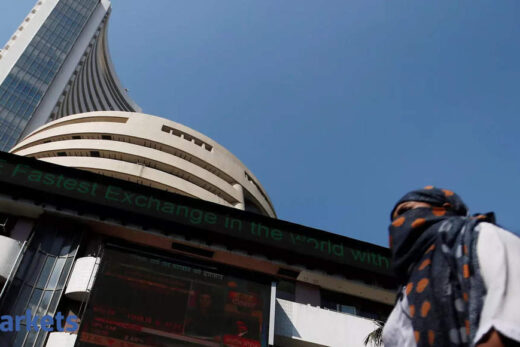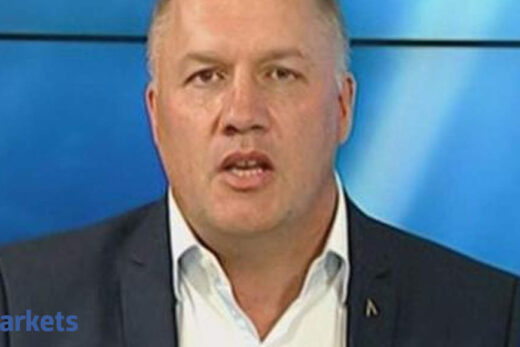That bit of wisdom comes from Nilesh Shah, a Dalal Street veteran and Managing Director of Kotak Mahindra Mutal Fund. “You can get 100 per cent return only if you are willing to take 50 per cent negative return in a year,” he said.
He said equity investing is a game of nerves. “Many investors avoid smallcaps and midcaps because they do not have the nerves to withstand a correction of even 15-20 per cent,” he said.
Although Nifty has disappointed investors with less than 4 per cent returns year to date, Nifty Smallcap Index is up 18 per cent and Nifty Midcap index has gained around 13 per cent so far this year. In the last one year, the smallcap index has outperformed with 111 per cent returns.
“My recommendation is that you do invest in smallcaps and midcaps keeping the volatility in mind. It is worth having a part of your portfolio in smallcaps and midcaps. But remember, you have to bear volatility. And don’t make the mistake of looking at past returns of smallcaps and midcaps,” he told a session organised by Alpha Capital on the impact of the second wave of Covid.
The market veterans said Covid 2.0 is not an ‘unknown unknown’ as it was in March 2020, and hence any pain in the market due to the pandemic won’t be that acute.
“Based on March 2020 experience, now sellers are not going to sell at 7,500 on the Nifty and buyers are not going to wait till that level to buy. So, compared with March 2020’s bottom of 7,500 on the Nifty, it will be rational to assume that this time the bottom will remain in five digits and, not in four digits,” he said.
Dalal Street seems to have already come to terms with Covid 2.0, even though the pandemic continues to spread rapidly and possibility of further restrictive measures looms over the nation.
The benchmark indices did see some sharp drops in the first few days of Covid spike, reminding investors of the big crash seen during the first wave in March last year when Nifty had hit a low of 7,511. On Thursday, the benchmark Sensex zoomed past the psychologically important 50,000 mark, extending a rally into the fourth session after it had witnessed some steep correction last week.
Shah said he doesn’t have visibility in the short term, but in the longer term, both the Indian equity market and the economy will do far better than what we are expecting today.
“Every correction, I believe, is a great opportunity to enter the market. Post Covid, listed companies will do well and the economy will also do well,” he said.
He estimated a reasonable impact from Covid 2.0 on economic activities in April, May and June, but it won’t be like last June quarter when the GDP had contracted 24 per cent.
“Listed companies have somehow been able to manage Covid-related lockdowns well. In the June quarter last year, the total profits of NSE500 companies came in at Rs 32,000 crore, a sharp drop of 70 per cent from the expectation of Rs 1 lakh crore. In the September quarter, everyone was worried about corporate India and NSE500 companies declared a profit of Rs 1.8 lakh crore, 6 times more than that in June quarter. In December, profits came in at Rs 2.10 lakh crore. Now this is what has supported the markets,” Shah explained.
Shah expects the profit figure for the March quarter to hit Rs 2.30 lakh crore. The steady increase in earnings is, however, leading to a peculiar situation, where Nifty50 is trading at 42 times trailing PE and 21 times forward PE.
So if you are bullish, how should you structure your portfolio in the current volatile environment?
“When Nifty is at 15,000, you should have ‘neutral’ weight to equity because from a valuation point of view, a lot of upsides are already factored in. We are assuming that there will be no lockdown, vaccines will be successful and GDP will grow at 10 per cent this year. But just in case Nifty comes down to 12,000, then you have to be ‘overweight’ equity,” is Shah’s advice.
He said if you are over-invested in equity, then it is time to book some profits.
“Let’s say if you have 80 per cent equity allocation in your portfolio and you are comfortable at 60 per cent, please take 20 per cent out. And if you are at 40 per cent and want to go to 60 per cent, please start investing today. Markets will go up and down, but you should grab every correction as an opportunity to reach 60 per cent. If you are overinvested, please bring it down to ‘neutral’, if you are ‘neutral’ to ‘underinvested’. Use every correction to get invested,” he said.



